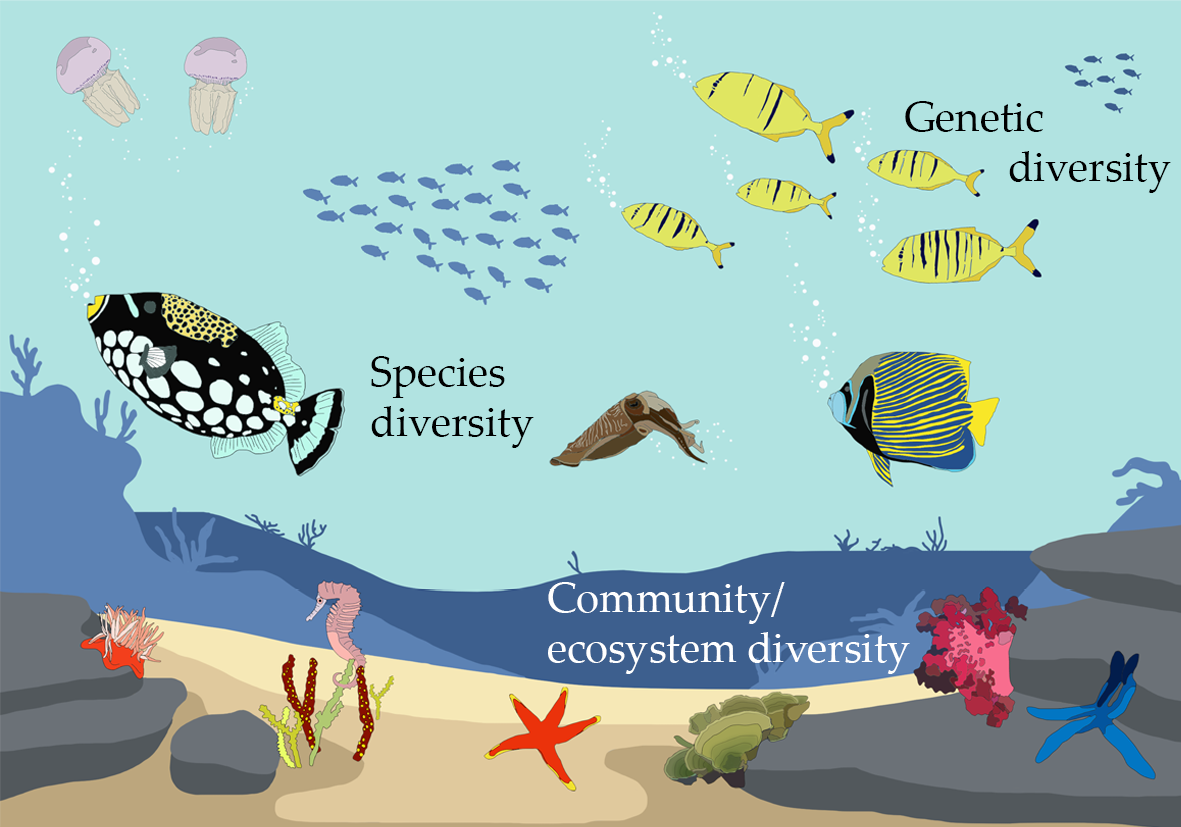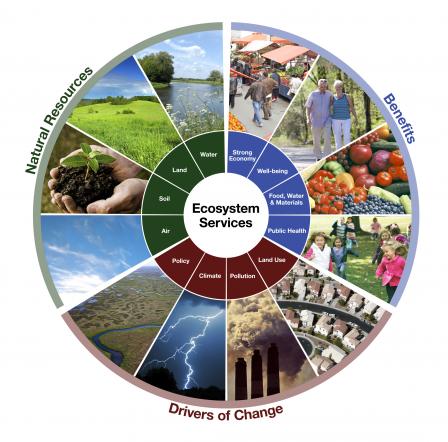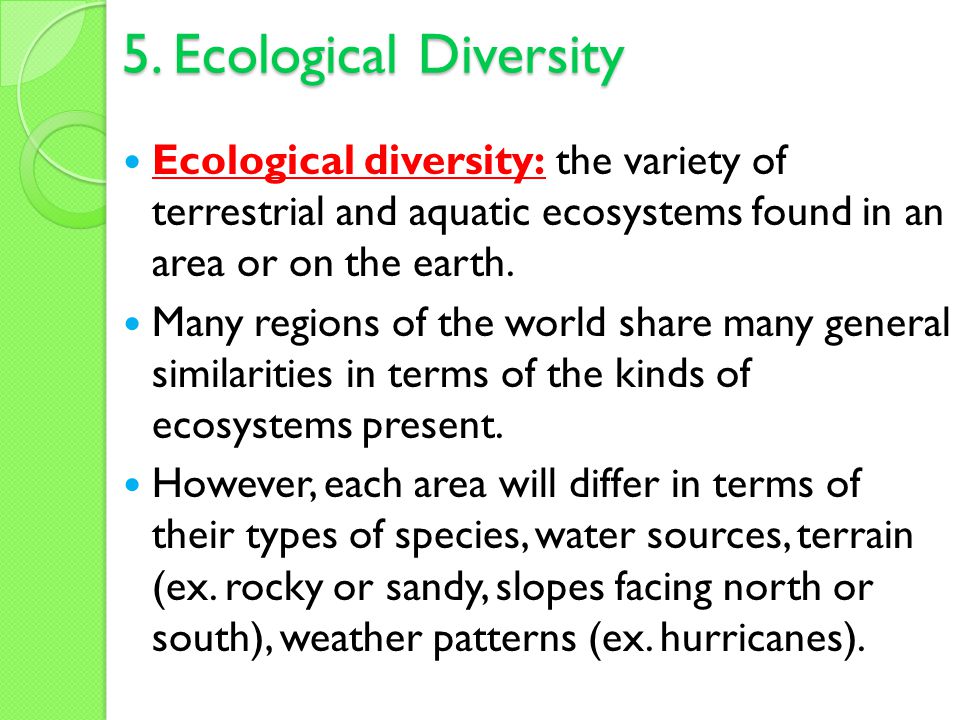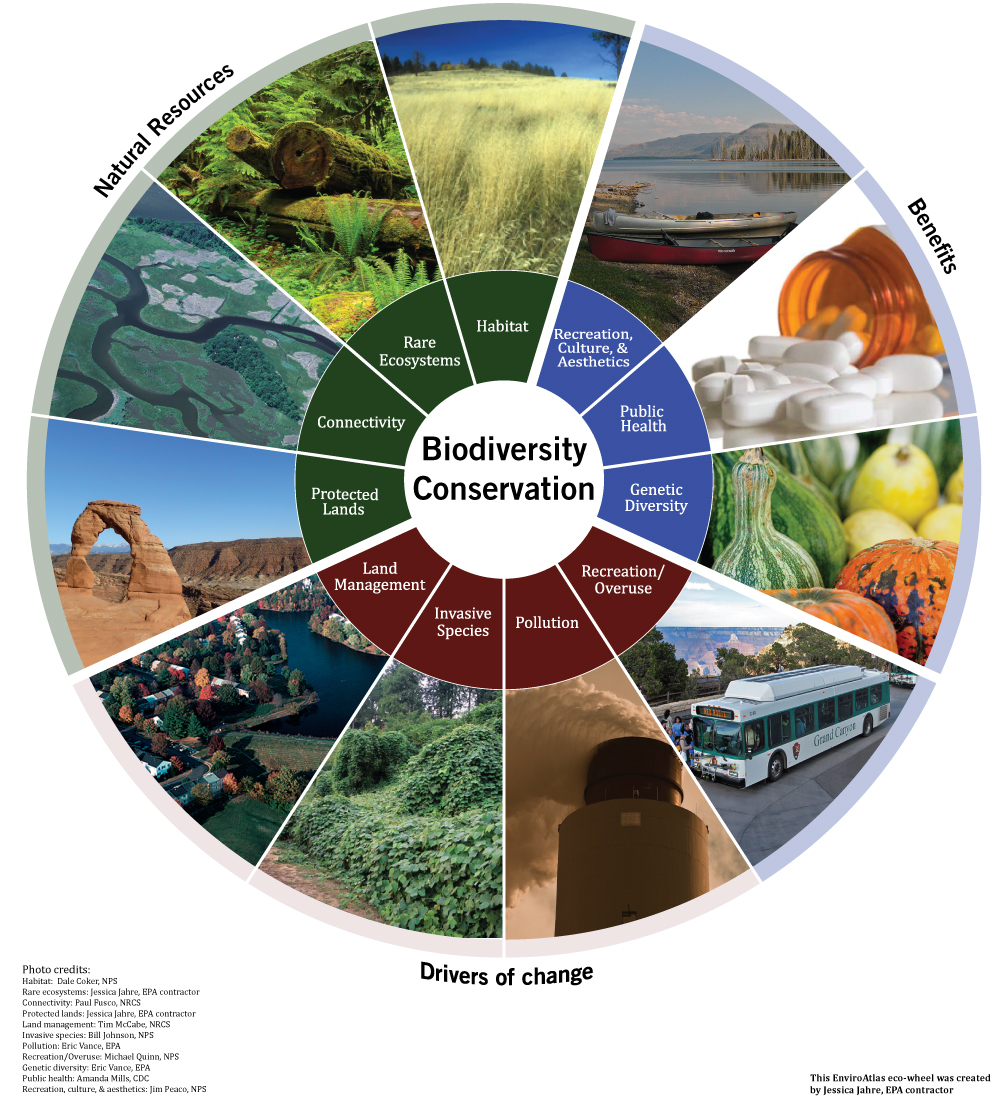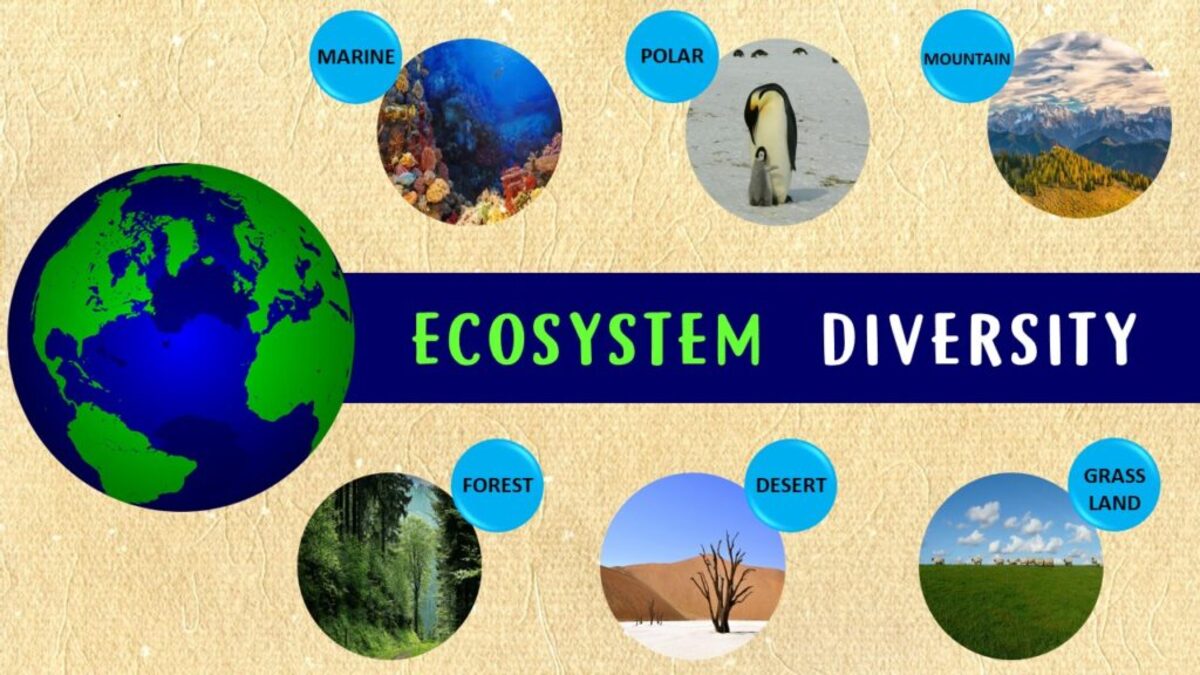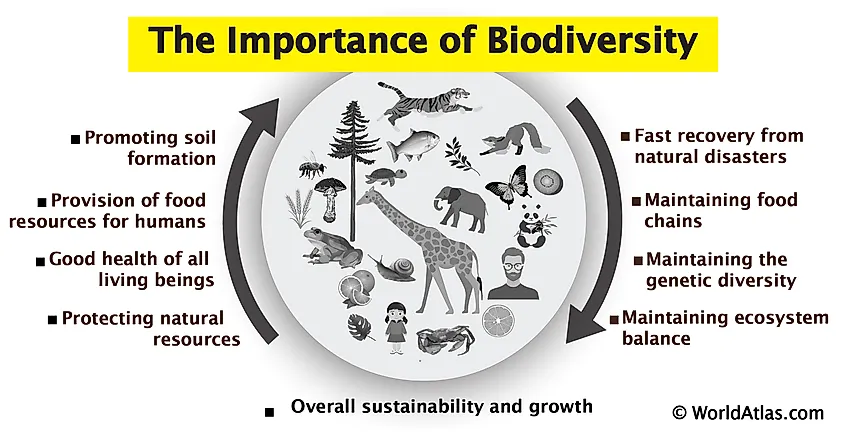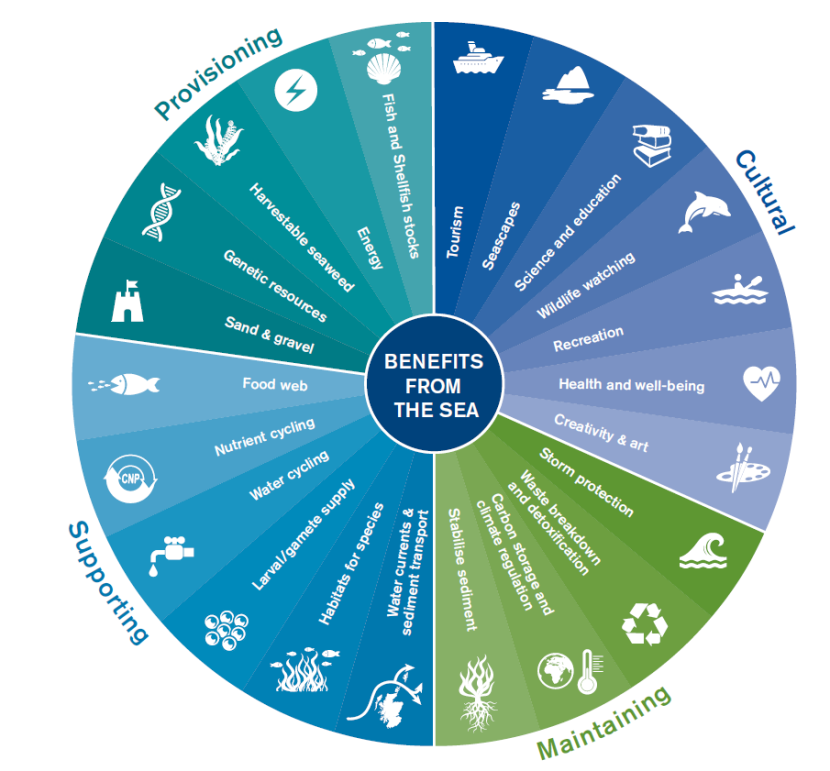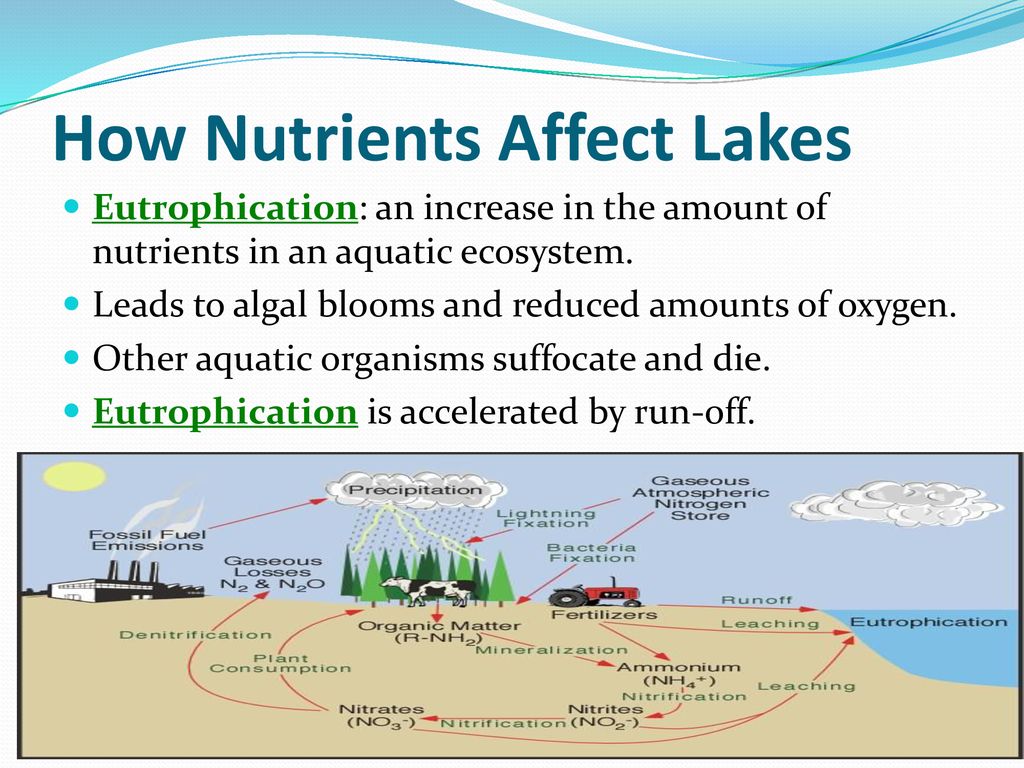Topic how does adaptation affect the diversity of an ecosystem: Explore how adaptation shapes ecosystem diversity, revealing the dynamic interplay between organisms and their environments, fostering resilience and innovation in nature"s vast tapestry.
Table of Content
- How does adaptation impact the diversity of an ecosystem?
- Understanding Ecosystem Adaptation
- Adaptation Mechanisms and Species Survival
- The Role of Genetic Diversity in Adaptation
- Climate Change and Adaptive Responses in Ecosystems
- Human Influences on Ecosystem Adaptation and Diversity
- Case Studies: Adaptation in Action
- YOUTUBE: Animals Adaptation: How Does Adaptation in Animals Work?
- Adaptation Strategies for Conservation and Biodiversity
- Future Directions in Research on Adaptation and Diversity
How does adaptation impact the diversity of an ecosystem?
Adaptation plays a significant role in influencing the diversity of an ecosystem. It affects the diversity by influencing genetic diversity, which is essential for the survival and future of a species. Here is a step-by-step explanation of how adaptation impacts ecosystem diversity:
- Genetic Variation: Adaptation leads to the development of genetic variations within a species. This variation arises through genetic mutations or recombination of genes during the reproductive process.
- Natural Selection: The variations resulting from adaptation are subject to natural selection. Individuals with traits that are best suited to the environment have higher chances of survival and reproduction, passing on their favorable traits to the next generation.
- Speciation: Over time, adaptation and natural selection can result in the formation of new species. Genetic variations accumulate in different populations, leading to reproductive isolation and the development of distinct species with unique traits. This increases the overall diversity of the ecosystem.
- Resistance to Environmental Changes: Adaptation allows species to better withstand environmental changes, such as fluctuations in temperature, availability of resources, or the introduction of new predators. This increases the resilience of the ecosystem as a whole.
- Ecosystem Interactions: The diversity of species within an ecosystem is crucial for maintaining stable interactions and relationships. Each species has its own unique adaptations, which enable them to occupy specific ecological niches and perform different roles, such as pollination, seed dispersal, or predator-prey relationships. This interdependence contributes to the overall diversity and stability of the ecosystem.
In summary, adaptation impacts the diversity of an ecosystem by generating genetic variations within species, promoting natural selection and speciation, enhancing resistance to environmental changes, and facilitating diverse ecological interactions. These processes contribute to the richness and stability of ecosystems.
READ MORE:
Understanding Ecosystem Adaptation
Adaptation is a fundamental process through which species evolve to survive and thrive in their environments. It influences ecosystem diversity by enabling organisms to develop traits that allow them to cope with and exploit varying conditions. This dynamic process is driven by genetic variation, natural selection, and environmental pressures, leading to a rich tapestry of life that forms the foundation of biodiversity.
- Genetic Variations: The raw material for adaptation, allowing species to respond to environmental changes.
- Natural Selection: Traits that enhance survival and reproduction become more common in the population.
- Environmental Pressures: Factors such as climate change, habitat destruction, and pollution drive adaptation by selecting for certain traits over others.
Through these mechanisms, ecosystems become more diverse and resilient. Species adapt to their environments in myriad ways, from physiological changes like thicker fur in colder climates to behavioral adaptations such as migration patterns in birds. Each adaptation contributes to the ecosystem"s overall health and stability, showcasing the intricate connections between life forms and their habitats.

Adaptation Mechanisms and Species Survival
Adaptation mechanisms play a crucial role in species survival and the enhancement of ecosystem diversity. These mechanisms enable organisms to adjust to environmental changes, ensuring their survival and contributing to the ecological balance. Understanding these mechanisms provides insight into the resilience and adaptability of life on Earth.
- Physiological Adaptations: Changes in an organism"s metabolic processes to survive in its environment, such as the ability to conserve water in arid conditions.
- Morphological Adaptations: Physical changes in an organism"s structure, like the development of camouflaged fur, enabling it to blend into its surroundings.
- Behavioral Adaptations: Alterations in behavior, such as migration or hibernation, that allow species to avoid harsh conditions or exploit resources more effectively.
- Co-evolution: Species interact and evolve together, leading to adaptations that benefit both, such as pollinators developing alongside specific plants.
These adaptation mechanisms ensure species survival by promoting genetic diversity and enabling species to cope with and exploit changing environmental conditions. This ongoing process of adaptation and survival drives the evolution of species, leading to the rich diversity observed in ecosystems around the world.
The Role of Genetic Diversity in Adaptation
Genetic diversity is the cornerstone of adaptation and ecosystem resilience. It refers to the total number of genetic characteristics in the genetic makeup of a species. The greater the genetic diversity within a species, the higher its chances of adapting to environmental changes and surviving. This diversity is crucial for the health and sustainability of ecosystems.
- Variation: Genetic diversity provides a pool of variations that may enhance the survival of populations by enabling responses to changing environments.
- Resilience: Ecosystems with high genetic diversity are more resilient to stressors like diseases, climate change, and habitat destruction, ensuring ecosystem stability and functionality.
- Evolutionary Potential: High genetic diversity increases a species" potential to evolve new adaptations over time, contributing to the ongoing diversification of life on Earth.
Through natural selection, beneficial genetic variations are passed down, allowing species to adapt to new challenges and environments. This process not only supports the survival and thriving of individual species but also contributes to the complex interrelationships that define and sustain ecosystems. In essence, genetic diversity acts as a buffer against extinction and is a critical factor in the adaptive capacity of ecosystems.
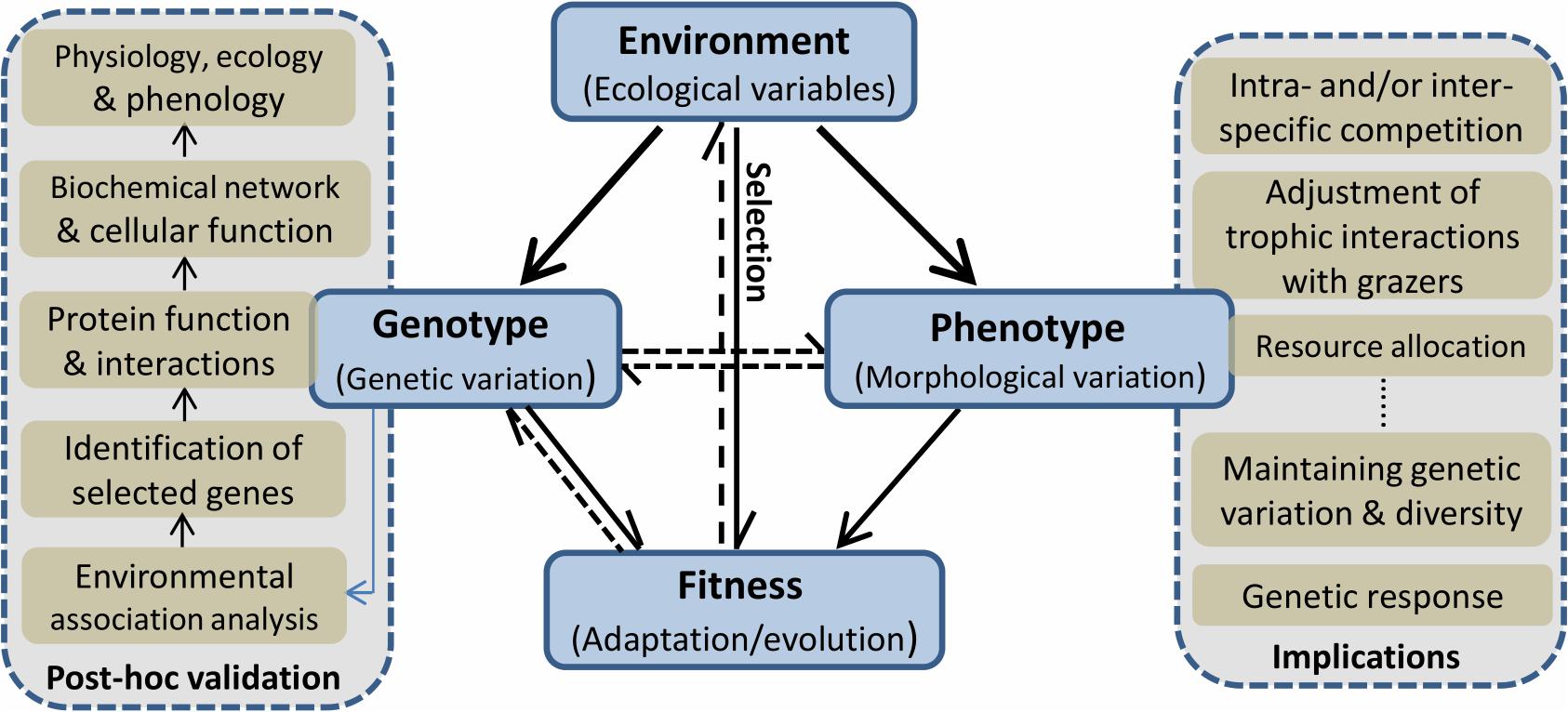
Climate Change and Adaptive Responses in Ecosystems
Climate change poses significant challenges to ecosystems worldwide, triggering a range of adaptive responses in species to ensure survival. These adaptations to changing temperatures, precipitation patterns, and extreme weather events are crucial for the maintenance of biodiversity and ecosystem services.
- Shifting Ranges: Species are moving to higher altitudes and latitudes in search of favorable conditions, altering ecosystem composition and interactions.
- Changing Phenology: Adjustments in life cycle events, such as flowering times and migration patterns, help species synchronize with climate changes.
- Evolutionary Adaptations: Rapid environmental changes are selecting for genetic traits that can withstand new conditions, leading to evolutionary shifts.
- Community Dynamics: Climate change affects predator-prey relationships, competition, and symbiotic relationships, leading to changes in community structure and function.
These adaptive responses are vital for the resilience of ecosystems facing climate change. However, the rapid pace of change can outstrip the ability of species to adapt, highlighting the importance of conservation efforts to enhance ecosystem resilience and protect biodiversity. Through understanding and supporting these natural adaptive processes, we can help safeguard our planet"s ecosystems for future generations.
Human Influences on Ecosystem Adaptation and Diversity
Human activities have profound impacts on ecosystems, influencing their ability to adapt and maintain diversity. From altering habitats to driving climate change, our actions shape the natural world in significant ways. Understanding these influences is crucial for mitigating negative impacts and promoting biodiversity conservation.
- Habitat Destruction: Land use changes, deforestation, and urbanization reduce habitats, limiting species" ability to adapt and survive.
- Pollution: Chemical, plastic, and noise pollution can disrupt species" natural behaviors and physiological processes, hindering adaptation.
- Climate Change: Human-induced climate change accelerates environmental shifts, outpacing many species" ability to adapt, leading to biodiversity loss.
- Introduction of Invasive Species: The spread of non-native species can outcompete local flora and fauna, altering ecosystems and reducing native biodiversity.
- Conservation and Restoration Efforts: Positive human interventions, such as habitat restoration and the establishment of protected areas, support ecosystem resilience and adaptation.
By recognizing the extent of our impact, we can take steps towards sustainable practices that support ecosystem adaptation and diversity. This includes adopting conservation strategies, reducing pollution, and promoting the restoration of natural habitats. Through informed action, we can help ensure the health and vibrancy of ecosystems around the globe.
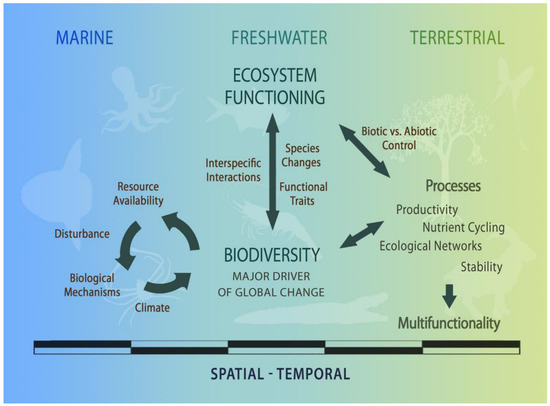
Case Studies: Adaptation in Action
Examining real-world examples provides valuable insights into how adaptation influences ecosystem diversity. These case studies highlight the resilience of nature and the complex interactions between species and their environments.
- Galápagos Finches: Iconic examples of adaptive radiation, these finches have evolved diverse beak shapes and sizes to exploit different food sources, showcasing how genetic variation drives adaptation and species diversification.
- Arctic Foxes: Arctic foxes have adapted to extreme cold with thick fur, fat layers, and a compact body shape, illustrating physiological and morphological adaptations for survival in harsh climates.
- Coral Reefs and Climate Change: Some coral species are showing signs of adaptation to warmer ocean temperatures by hosting different types of algae, a hopeful sign of resilience amidst the threat of coral bleaching.
- Tropical Rainforest Trees: Trees in dense rainforests have developed tall, slender trunks and large leaves at their canopy to maximize sunlight capture, demonstrating adaptation to competitive environments for light.
These case studies underscore the dynamic nature of adaptation and its critical role in sustaining biodiversity. By studying these examples, we can better understand the mechanisms of adaptation and the importance of preserving genetic diversity within ecosystems.
Animals Adaptation: How Does Adaptation in Animals Work?
Diversity: Explore the beauty of diversity in this captivating video that showcases different cultures, traditions, and perspectives from around the world. Celebrate what makes us unique and discover the power of unity through understanding and embracing diversity. Join us on this journey towards a more inclusive and harmonious society!
Adaptations in Plants: Understanding the Concept of Adaptation
Concept: Dive into the world of innovative ideas and groundbreaking concepts with this mind-blowing video. Discover groundbreaking theories, revolutionary inventions, and thought-provoking philosophies that challenge conventional wisdom. Unleash your intellectual curiosity and expand your horizons as we explore the limitless possibilities of human imagination and creativity in this thought-provoking video.
Adaptation Strategies for Conservation and Biodiversity
Conservation efforts are increasingly focusing on adaptation strategies to preserve biodiversity and enhance ecosystem resilience. These strategies are designed to support natural adaptation processes, ensuring ecosystems can withstand and thrive amidst environmental changes.
- Protected Areas: Establishing and managing protected areas to safeguard key habitats, providing refuges where species can adapt to changing conditions without human interference.
- Genetic Conservation: Preserving the genetic diversity of species through seed banks, captive breeding, and other conservation programs to enhance adaptive potential.
- Restoration Ecology: Restoring degraded habitats to their natural state, which supports species re-establishment and promotes ecological balance and adaptive responses.
- Climate Corridors: Creating corridors that connect fragmented habitats, allowing species to migrate in response to climate change and maintain genetic flow between populations.
- Community Involvement: Engaging local communities in conservation efforts, combining traditional knowledge with scientific research to implement effective adaptation strategies.
By employing these strategies, conservationists aim to mitigate the impacts of environmental changes and human activities on ecosystems. Fostering an environment where species can naturally adapt ensures the long-term survival of biodiversity and the essential services ecosystems provide.
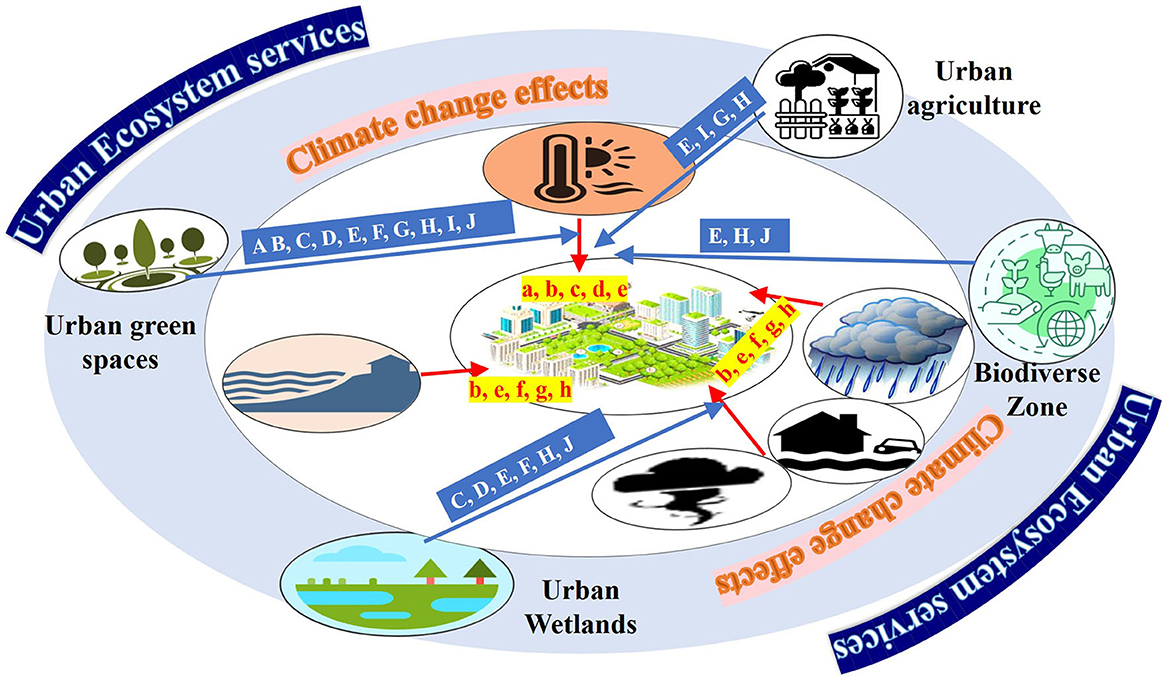
READ MORE:
Future Directions in Research on Adaptation and Diversity
As the planet faces unprecedented environmental changes, research on adaptation and diversity is more crucial than ever. Future research directions will likely focus on understanding and mitigating the impacts of these changes on ecosystems worldwide.
- Genomic Tools: Leveraging advanced genomic tools to study the genetic basis of adaptation, helping to identify key traits for survival and resilience in changing environments.
- Integrated Ecosystem Models: Developing models that integrate climate change, land use, and biodiversity to predict future ecosystem responses and identify conservation priorities.
- Long-term Ecological Studies: Investing in long-term ecological research to monitor changes in ecosystems over time, providing invaluable data on adaptive processes and ecosystem dynamics.
- Collaborative Research: Encouraging interdisciplinary and international collaboration to tackle complex questions about adaptation and diversity from multiple scientific perspectives.
- Policy and Conservation: Bridging the gap between research and policy, ensuring that scientific findings inform conservation strategies, land-use planning, and global environmental policies.
By focusing on these areas, researchers can provide critical insights into how ecosystems adapt to changes, informing conservation efforts and helping to safeguard biodiversity for future generations.
In exploring the intricate dance of adaptation and ecosystem diversity, we uncover the resilience and beauty of nature"s networks. Embracing this knowledge empowers us to protect and enhance our planet"s precious biodiversity for generations to come.
